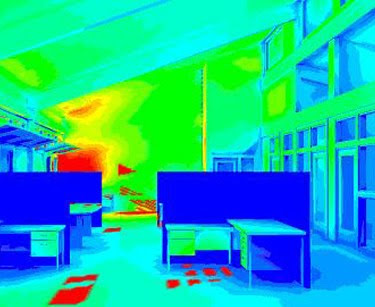
Urban Green Council (who is the USGBC New York City’s chapter) has been working hard to educate and make changes to better our environment. It has demonstrated the success of their efforts when New York City's milestone Local Law 86 regulating green building came into effect. This development alone will result in an estimated $12 billion in municipal construction being built to USGBC's LEED standards by 2017.
An interesting variety of green building projects have begun to dot the City including those that have already received actual LEED ratings. And now LL86, known as the “LEED Law” requires construction satisfying various LEED (Leadership in Energy and Environmental Design) qualifying criteria for many Agency and City-funded projects. The law requires LEED Silver for all the projects.
As of June 26, 2009 the Law has been modified to use the all new LEED 2009 rating systems as before the law only applied to new construction, commercial interiors and existing buildings. In the new revision LEED for Schools, Major renovation and Core and Shell were added into the text. An example of the regulations of Local Law 86 establishes a series of mandates for non-residential municipal construction in New York City:
1. All buildings (or building renovation projects impacting either half the structure’s square footage or two major building systems), costing a minimum of $2 million must be designed to achieve a LEED Silver rating. Schools and hospitals need only meet a LEED Certified rating. This requirement also applies to all capital projects to which the City provides at least fifty percent of the funds, or projects where the City contributes more than $10 million.
2. Projects costing more than $12 million must exceed New York State energy efficiency standards by twenty percent.
3. Projects costing more than $30 million must exceed New York State energy efficiency standards by twenty-five percent.
4. Projects with plumbing costs exceeding $500,000 must reduce end water use by thirty percent from New York State code (only twenty percent if an application for waterless urinals is rejected).
As we educate the public we will also need to change the laws and create standards for green thinking to become part of our everyday life. As ADA accessibility guidelines have become part of our design thinking and practices so does environmental sustainability.
Check out the Urban Green Council at www.urbangreencouncil.org for information, educational seminars and volunteer opportunities.

